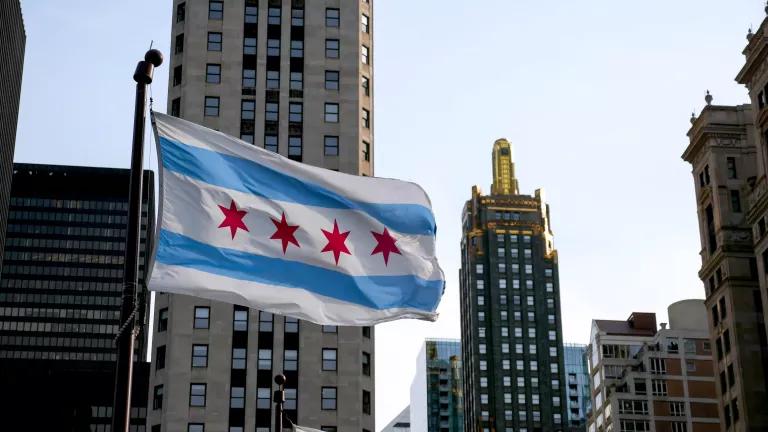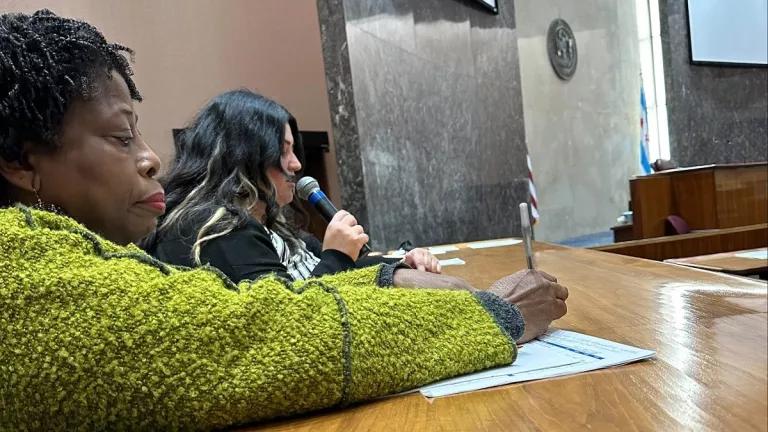Chicago River Re-Reversal: A Nasty Reminder of Climate Impacts on Local Infrastructure
As I laid out buckets to catch the water dripping down from the ceiling in my new home last night and wet-vacced water out of my soggy basement where it had come through a drain, I thought to myself, “yikes, there is a lot of water coming down.”
As I laid out buckets to catch the water dripping down from the ceiling in my new home last night and wet-vacced water out of my soggy basement where it had come through a drain, I thought to myself, “yikes, there is a lot of water coming down.”
And, indeed there was, with torrential rains strafing Chicago all through last night.
Of course in Chicago, the irritation of a leaky roof is a pretty minor result of violent storms---the real show occurs along the banks of the Chicago River. In the wee hours of this morning, the water streaming into the region’s overtaxed combined sewers had been flowing into the river for hours to the point that water regulators were forced to open sluice gates and the lock next to Navy Pier to relieve the pressure by letting the water whoosh out into the Great Lakes. It is not clear how many gallons of tainted water rushed out into Lake Michigan, but it is fair to bet it was a lot. To get a sense of how much, download the Metropolitan Water Reclamation District’s history of river reversals to see the volume and frequency of these incidences.
And yes, you read that right---the river, which was reversed to flow away from the source of our drinking water more than a century ago, has been returning to its natural course with increasing frequency in recent years (though it did not happen last year as the Midwest was gripped by drought).
Last night’s episode, following up on a similar issue that occurred a few months ago when low levels in the Lake threatened to bring the River coursing in (water flows downhill, afterall), are clear reminders that Chicago’s relationship with the Lake and River are changing. They are managed infrastructure which is not designed for the dramatic shifts between drought and intense storms that climate change is clearly bringing. It is time to revisit Reverse Effect, our partnership book with StudioGang, to look at ways that we can revitalize the City, bolster infrastructure, stop the movement of invasive species, and finally put an end to the flooded basements that turn Spring rains into an economic drain and quality of life abyss for too many in this region. As my colleague Henry Henderson has noted, this is a "Burnham moment" for Chicago and its time for us to get serious about the green solutions that are readily available, but so far largely rebuffed by regional water regulators.




